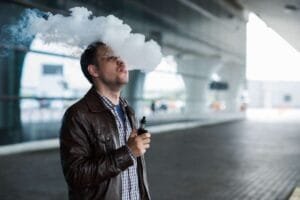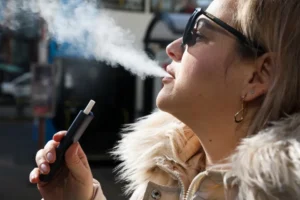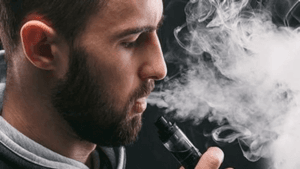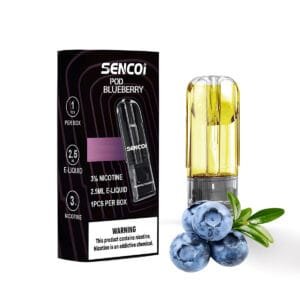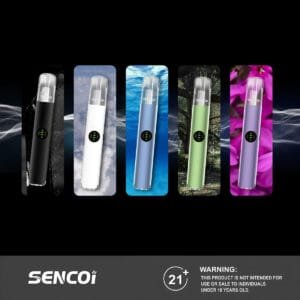1.The United States
In the United States, the “FDA” (Food and Drug Administration) has regulated vapes since 2016, covering all tobacco products, including vapes, atomizers, and related items.
Key policy elements include “market approval”, requiring all new vape products to be submitted for FDA approval to ensure public health benefits outweigh risks. In addition, “youth protections”were strengthened in 2019, prohibiting vape sales to minors. Many states further raised the minimum purchase age to 21.
Lastly, regulations on “labeling and advertising”mandate clear nicotine content disclosure on labels and restrict youth-targeted advertising.
2.Europe
In Europe, the”EU Tobacco Products Directive (TPD)”, implemented in 2014, regulates vapeproduction, sale, and advertising.
Key rules include “ingredient restrictions”, limiting nicotine content to 20mg/ml per bottle, and “bottle size limits”, capping vape oil at 10ml and banning harmful ingredients like diacetyl. Additionally, “warning labels” similar to those on traditional cigarettes are required on all packaging, ensuring clear health warnings.
Country differences:
3.Australia
State policy differences: The legality of vapes varies from state to state: Nicotine-containing vapes: In some states (e.g., New South Wales), the sale of vapes that contain nicotine is illegal, and users need to have a prescription to purchase them.
Restrictions in public places: Many states prohibit the use of vapes in public places to protect public health.
4.Canada
Policy content: Tobacco control laws: Vapes are considered tobacco products and are subject to the same advertising and sales restrictions as cigarettes.
Public Health Advocacy: The government encourages the use of vapes as a smoking cessation tool, but also emphasises the need for more research to understand their long-term effects.
Provincial Policy Differences: Regulations may vary from province to province; for example, some provinces set an age limit for selling vapes (usually 19 years old).
5.Asia
China: Regulation of vapes is gradually being tightened, particularly with regard to sales to minors. new regulations to be implemented in 2021 require vape shops to register and to verify the age of customers at the time of sale.
Advertising restrictions: vape advertising in places visible to minors is prohibited.
India: total ban: in 2019, the Indian government implemented a total ban on the production, sale, and importation of vapes, deeming them a threat to public health.
Japan: nicotine restrictions: the sale of vapes is legal, but the nicotine content is strictly limited. Users are usually required to use specific vape oils and most products on the market are nicotine-free.
Globally, vape regulations vary, reflecting different views on health and tobacco control. As use rises, countries are adjusting policies to balance public health and regulation.




